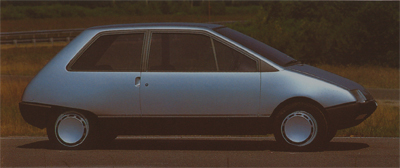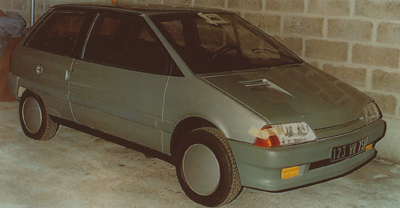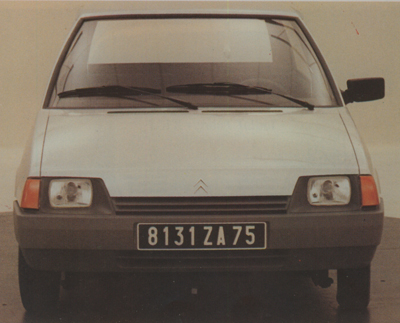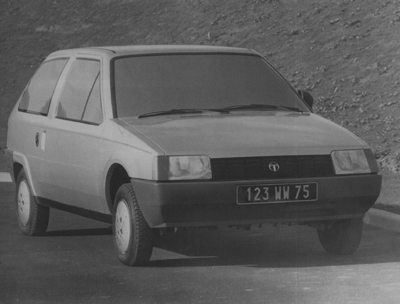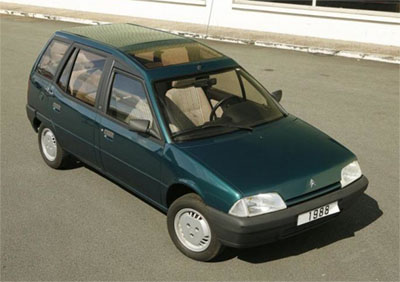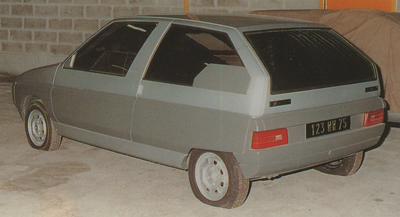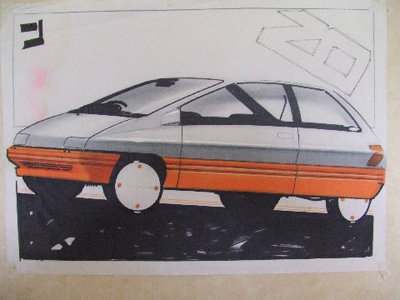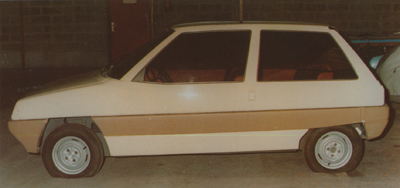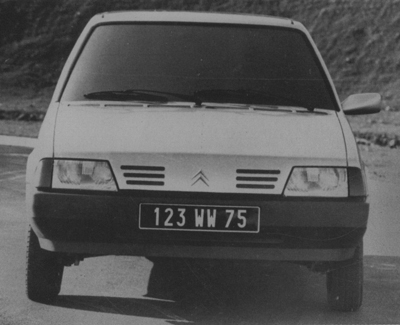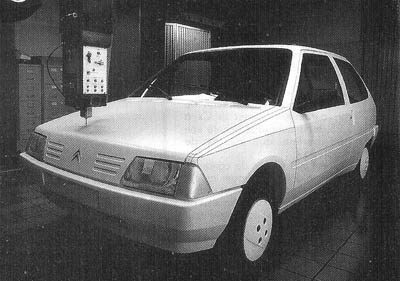|
With the acquisition of Talbot (formerly Chrysler
UK),
Art Blakeslee, Talbot's Design Director offered
Peugeot some design
alternatives to the Bertone and Trevor
Fiore offerings.
Talbot were
given
the same package information and quickly
produced three or four
full-sized clay models which were quickly
whittled down to two from
which fibreglass models were built.
The
big programme 'want' was to save on tooling,
materials and servicing
costs so there were restrictions on the amount
of glass and steel used.
There was
also the requirement to use 'carry over'
components like the headlamps which were 'off
the shelf'.
At
the time of the Design Review at Garenne (1982 or
1983), the project
was given the codenames ZO-A and ZO-B (although
the latter was dropped
since it is rude in French).
Further evidence of cost cutting was the single
rear view mirror and the single wiper.
|



